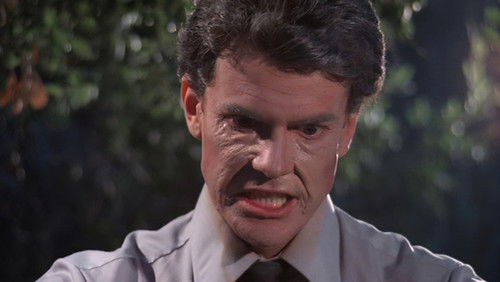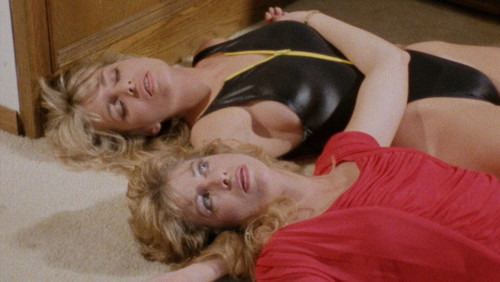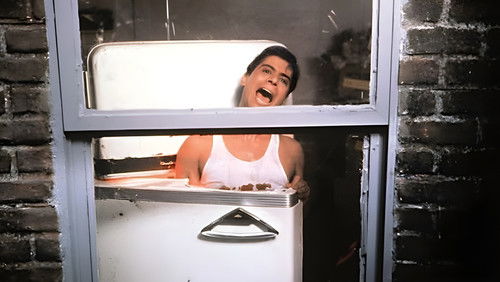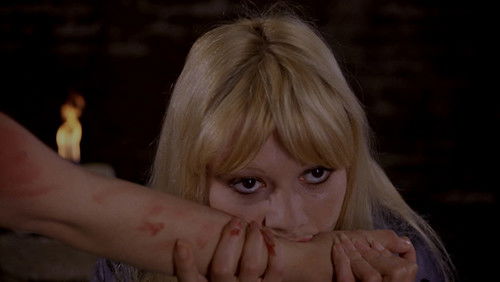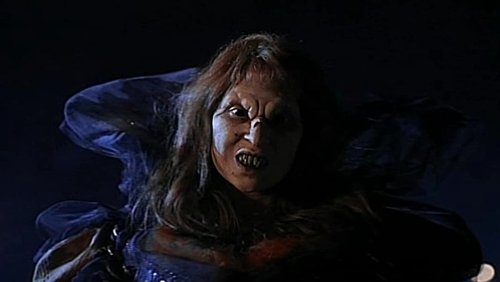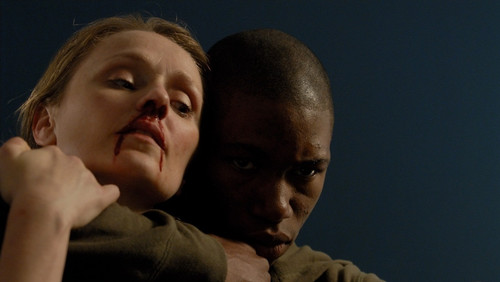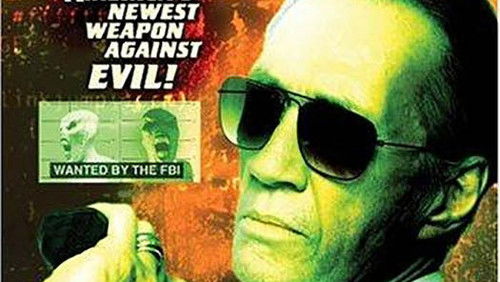The Last Laugh (2020)
25KThe Last Laugh: Directed by Jeremy Berg. With Steve Vanderzee, Eric Stone, Lowell Deo, Angela DiMarco. A stand-up comedian on the verge of breakout success must make a terrible choice when he discovers a murderer on the loose in the theater where he’s about to perform his biggest show.
“1950u0026#39;s television was pretty bland by almost any yardstick. Thatu0026#39;s not to say that certain series, such as the early Gunsmoke, were not daring and edgy in their own way. Or that the early I Love Lucy did not have its hilarious moments. However the governing concepts were unadventurous at best, or just plain dull, at worst. After all, no matter how good some of the episodes, bringing law and order to the Old West or following the humorous escapades of a zany housewife were not exactly novel concepts in TV programming.u003cbr/u003eu003cbr/u003eTwo series, however, did come along to challenge convention. The Twilight Zone, at decadeu0026#39;s end, attacked frontally with huge doses of imagination and exotic story-lines that often overwhelmed viewers, thereby opening American living-rooms to the expanding world of unthought-of possibilities. It was, and remains, a classic appreciated by young and old alike. However, the other ground-breaking series did not attack frontally. Instead, in true stealthy fashion, it snuck past the guardians of Good Taste and Morality, otherwise known as the department of Standards and Practices. Thatu0026#39;s probably because each episode was introduced by a funny-looking fat guy with a British accent, who came out to crack a few bad jokes and abuse the sponsors. Who could suspect that what followed such a slow-talking Humpty-Dumpty would subtly undermine some of TVu0026#39;s most entrenched conventions.u003cbr/u003eu003cbr/u003eYet thatu0026#39;s exactly what the Hitchcock half-hours did. Perhaps the most subversive change lay in the seriesu0026#39;s really sneaky treatment of wrong-doers. To that point, convention insisted that culprits be apprehended on screen, the better to teach the audience that Crime Doesnu0026#39;t Pay. And while that may have conveyed a comforting societal message, it also made for a very predictable and boring climax to even the best stories. What the Hitchcock show did that was slyly revolutionary was to transpose the comeuppance from the story to Hitchcocku0026#39;s often humorous epilogue. There the audience would learn that the culprit was duly punished and that justice had once again prevailed, apparently enough to keep the censors of the day at bay. So the story-line might end on screen with a grotesque murder, while only later would the audience be told by Hitchcock that justice had indeed caught up. Maybe that seems like just a minor change. But in fact, it was highly significant. For now the audience could follow plot developments, without knowing how the story itself would end, while the deadening element of predictability was transferred to the easily ignored epilogue. It was a truly ground-breaking event in the evolution of TV.u003cbr/u003eu003cbr/u003eAll in all, that element of uncertainty made for the kind of programming that continues to entertain, even into todayu0026#39;s super-charged era of technicolor and relaxed censorship. It also accounts largely for why Hitchcock Presents remains one of the few series from that long-ago time to still be re-run. There were other sly subversive wrinkles such as the black humor that sometimes accompanied the most heinous crimes. Or the subtle insistence that murder often begins at home. In fact, the series as a whole managed to mirror much of Hitchcocku0026#39;s movie-making personality, which suggests the producers (Norman Lloyd and Joan Harrison) were very protective of what the Hitchcock brand name implied. Anyway, like any other series, some episodes were better than others, but only rarely did one really disappoint. In fact, the high quality remained surprisingly steady throughout the half-hour run, before dropping off noticeably during the over-stretched hour-long version.u003cbr/u003eu003cbr/u003eSome of my favorites: u0026quot;Mr. Pelhamu0026quot; (good semi sc-fi); u0026quot;The Creeperu0026quot; (suspense u0026amp; fine acting); u0026quot;The Glass Eyeu0026quot; ( well-done horror); u0026quot;Back for Christmasu0026quot; (typical Hitchcock irony); u0026quot;Poisonu0026quot; (youu0026#39;ll sweat a bucket load); u0026quot;Design for Lovingu0026quot; (off-beat premise well executed); u0026quot;Human Interest Storyu0026quot; (Hitchcock meets the Twilight Zone); u0026quot;Special Deliveryu0026quot; (truly spooky); u0026quot;Specialty of the Houseu0026quot; (It ainu0026#39;t Mc Donalds); u0026quot;Breakdownu0026quot; (Why donu0026#39;t they hear me?), and anything with the deliciously repulsive Robert Emhardt.u003cbr/u003eu003cbr/u003eIu0026#39;m sure there are many others not so fresh in my memory. Anyway, in my book, a big thanks is due Alfred Hitchcock for doing something no other movie heavy-weight of the time was willing to do. He risked his big league reputation by squeezing into millions of little black boxes once a week for seven years to bring the audience outstanding entertainment. His snooty peers may have sneered, but generations of grateful viewers have since proved him right.”
